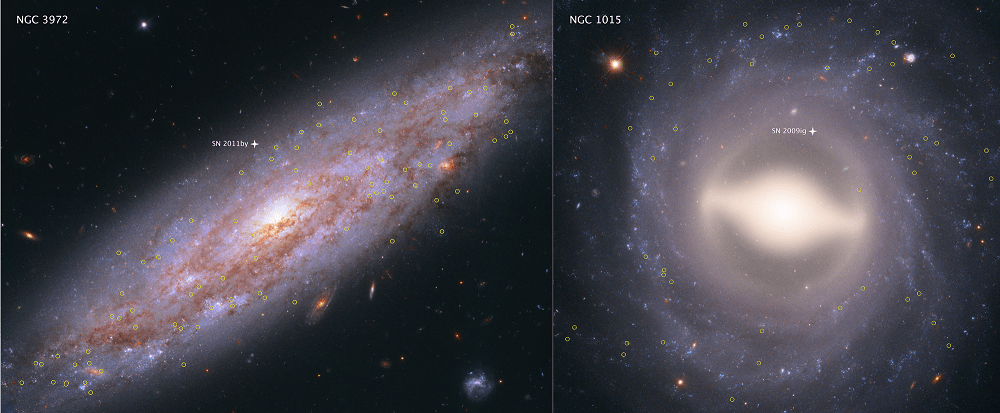In the early 20th century our understanding of stars was a complete and total disaster. It took the genius of Annie Jump Cannon, who was hired as a human computer, to create some order out of the chaos.
The development of photographic plates and their application to astronomy revolutionized the field. No longer were astronomers tied to their telescopes, forced to make hand-drawn sketches or charts. The end of the 19th century marked the beginning of the era of massive surveys, where astronomers could capture thousands and even hundreds of thousands of stars.
With this abundance of data astronomers were eager to understand the different kinds of stars in the universe and how they behaved. And at first it was a madhouse. There were small red stars, there were giant red stars, there were big blue stars, and there were medium yellow stars. Astronomers wondered if these different colors meant something and if there was a deeper connection to be found.
Around the same time many astronomers began to come up with classification systems. However, they did not have a lot of data to work with. All they really had was the star’s position in the sky, its observed brightness, maybe its distance if they were lucky, and its spectrum, which was a breakdown of the components of all the light emitted by that star. And so the earliest classification schemes were focused mainly on the spectra, assigning categories to stars based on how strong certain spectral features appeared.
As a part of this effort Edward Pickering at the Harvard Observatory began an extensive and exhaustive data collection process. He harvested observations of hundreds of thousands of stars and planned to publish them in a massive catalog. The existence of that catalog demanded a sane classification scheme, which meant that all of the stellar spectra had to be examined by hand and categorized. To help with that effort Pickering hired a team of women to serve as “human computers” who would do that exhausting manual labor.
One of those human computers was a woman named Annie Jump Cannon, who had been encouraged to go into the field of astronomy by her mother. But at the time women could not join the ranks of traditional professional astronomers, and so working as a human computer for Pickering was the best she could do.
But in that task she excelled. Over the course of her long career she manually categorized over 350,000 stars. And that intimate access to the data gave her insights that nobody else could match. She started with an existing classification scheme, which ran from the letters A to O based on the strength of the appearance of various spectral lines. Soon, however, she realized that this classification scheme had its weaknesses: some categories overlapped, others were unnecessary, and some were out of order.
And so Cannon proposed a brand new classification scheme, which remains the basis of the classification scheme used in modern astronomy today.
What’s amazing about this is that not only did Cannon get it right, she got it right before we understood what this classification scheme meant. Once she hit upon the correct ordering of stellar categories, other astronomers were able to piece together the story of stellar evolution and the relationship between star size, brightness, and color. We now understand much more about stars than we used to, and we have Annie Jump Cannon’s genius insights to thank for it.


YA THINK?????? …. If you are talking about a specific person in an article …. ya might wanna have a picture of them??? Come on Paul Sutter, get your act together.
I had to look it up. “With Edward C. Pickering, she is credited with the creation of the Harvard Classification Scheme, which was the first serious attempt to organize and classify stars based on their temperatures and spectral types.” “The fact that the Harvard classification of a star indicated its surface or photospheric temperature (or more precisely, its effective temperature) was not fully understood until after its development, though by the time the first Hertzsprung–Russell diagram was formulated (by 1914), this was generally suspected to be true.” Seems the modern classification schemed adds luminosity, which I assume redshift distances made possible later on.
@Pete: What do you think, this is a web site or something such!? /s
The article was an epitaph, not having much detail. Detail including picture here: “Annie Jump Cannon”, Wikipedia.